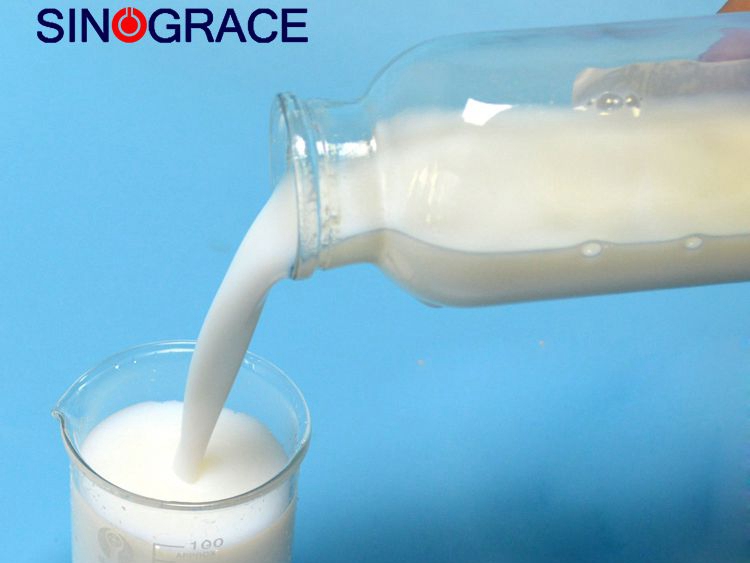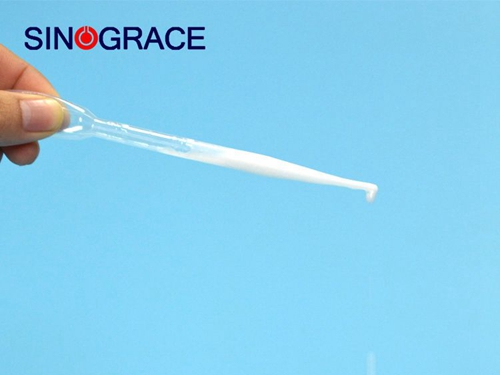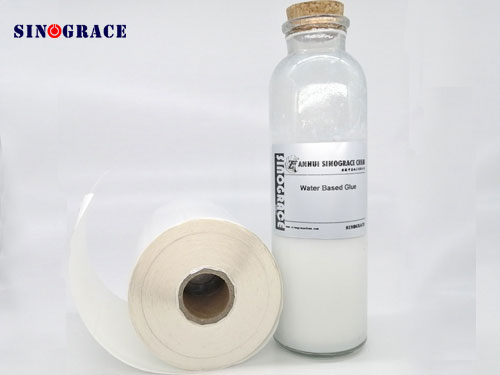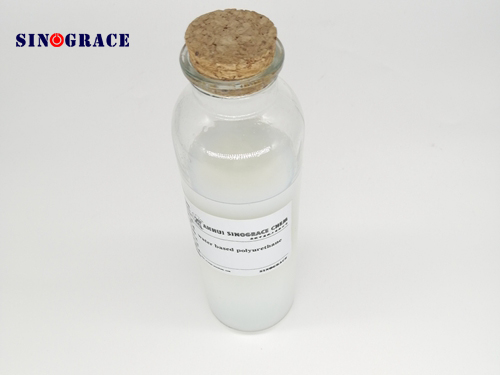Development trend of waterborne polyurethane
Development trend of waterborne polyurethane: Nowadays, with the stricter requirements of environmental protection policies, the environmental protection requirements for the performance of adhesives will become higher and higher. Therefore, the greening and environmental protection of composite materials will be more and more important. There will be even more urgency.Therefore, the points mentioned below will definitely become the future development trend of water-based polyurethane. (1) Improve the bonding strength of water-based polyurethane, especially the initial bonding strength, and reduce the gap between it and traditional solvent-based PU.In the process of synthesizing water-based polyurethane, less or no organic solvent is used at all, thereby truly meeting the requirements of environmental protection, increasing the solid content of the synthetic water-based polyurethane, and reducing the cost of transportation and use. (2) Use of biomass resources to modify water-based polyurethanes, such as natural polymer compounds and natural rosin resins.Natural high-molecular compounds are mainly cellulose, starch, and so on. As a kind of degradable and renewable biomass resource, cellulose has received great attention in aerospace and medicine.In recent years, how to use cellulose more fully and efficiently has become the focus of attention of many scientists. Therefore, the use of biomass resources to modify water-based polyurethane will become one of the future trends of modified water-based polyurethane. (3)Use functional graphene materials as modifiers to modify waterborne polyurethane.Since graphene is a two-dimensional carbon atom crystal with a single-layer atomic thickness and a special honeycomb structure, it is currently one of the thinnest materials in the world. Therefore, graphene is expected to rely on its excellent electrical, thermal, and mechanical properties. Become a high-quality filler for polymer-based composite materials, and give polymer-based composite materials excellent properties, thereby expanding their application fields.In addition, using graphene as a filler to compound with water-based polyurethane can not only give it relatively good mechanical properties and thermal stability, but also make it have good electrical conductivity. (4)In recent years, hyperbranched polymers, especially macromolecular polymers with three-dimensional structures and a large number of special end groups, have gradually developed.Due to the special structure of hyperbranched polymers, they have a wide range of applications in the fields of polymer modification, drug release, and adhesives.Among them, the hydroxyl-terminated hyperbranched polymer has high chemical reactivity with isocyanate. As a modifier of water-based polyurethane, it is expected to produce a modified water-based polyurethane material with excellent comprehensive properties and the advantages of both a hyperbranched structure and water-based polyurethane. For more deta...
read more

 English
English français
français русский
русский español
español العربية
العربية








